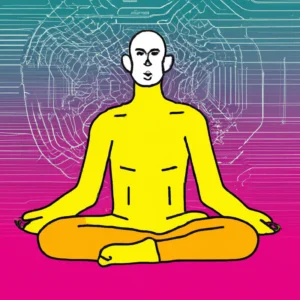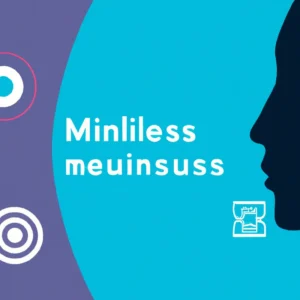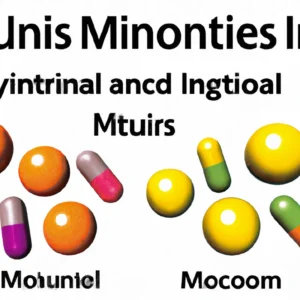**”The Dance of Cultures: Exploring Global Dance Styles in Fitness Programs and Their Impact on Community Engagement”**
The Dance of Cultures: Exploring Global Dance Styles in Fitness Programs and Their Impact on Community Engagement
Dance has always been a universal language, transcending borders and connecting individuals through rhythm and movement. In recent years, fitness programs that incorporate global dance styles have surged in popularity, transforming the landscape of physical exercise and community engagement. This blog post delves into various dance styles, their role in fitness programs, and the profound impact they have on fostering community connections.
The Rise of Dance Fitness Programs
Embracing Cultural Diversity in Fitness
In the past decade, dance fitness programs have evolved dramatically, becoming a melting pot of global dance styles. Programs like Zumba, Bhangra, and Afrobeat have gained traction worldwide, offering participants a chance to experience the richness of diverse cultures while breaking a sweat. Furthermore, these dance forms are not only enjoyable but also serve as a means of cultural education, allowing participants to learn about the traditions and histories behind the movements.
Consequently, fitness studios and gyms have started to recognize the value of incorporating various dance styles into their offerings. This shift not only attracts a broader audience but also encourages inclusivity, as individuals from different backgrounds can share their cultural expressions through dance.
Building Community Through Dance
Moreover, dance fitness programs foster a sense of community. When people come together to learn and practice dance, they form connections that extend beyond the studio walls. Group classes often create a supportive environment where individuals encourage one another, share experiences, and celebrate progress. On the other hand, such communal settings can help break down social barriers, allowing individuals from diverse backgrounds to unite under a shared goal of health and fitness.
Popular Global Dance Styles in Fitness Programs
Zumba: The Latin Dance Phenomenon
Zumba, a fitness program inspired by Latin dance, has taken the world by storm. Incorporating elements of salsa, merengue, and reggaeton, Zumba offers a full-body workout that is both fun and effective. Moreover, the infectious beats and lively atmosphere make it easy for individuals to forget they are exercising. Therefore, Zumba has become a popular choice for people of all ages, making fitness accessible and enjoyable.
Bhangra: The Vibrant Dance of Punjab
Another captivating dance style that has found its way into fitness programs is Bhangra. Originating from the Punjab region of India and Pakistan, Bhangra is characterized by energetic movements and vibrant music. In fitness classes, Bhangra not only provides an exhilarating workout but also allows participants to engage with and celebrate South Asian culture. Consequently, this inclusivity helps foster a sense of belonging and appreciation among diverse groups.
Afrobeat: Rhythmic Movement with a Message
Afrobeat, rooted in West African music and dance, has emerged as a powerful fitness trend. This dynamic style combines traditional African dance with contemporary rhythms, creating an invigorating workout experience. Furthermore, Afrobeat classes often emphasize the cultural significance of the movements, allowing participants to connect with the heritage behind the dance. As a result, Afrobeat classes not only promote physical fitness but also encourage cultural awareness and appreciation.
Nutrition Tips to Complement Dance Fitness
While engaging in dance fitness programs, it’s essential to fuel your body with the right nutrition. Here are some tips to optimize your performance and recovery:
1. **Stay Hydrated**: Drink plenty of water before, during, and after your workout to maintain hydration and energy levels.
2. **Balanced Diet**: Incorporate a mix of carbohydrates, proteins, and healthy fats in your meals. For example, whole grains, lean proteins, and vegetables can provide the necessary nutrients to support your dance fitness routine.
3. **Pre-Workout Snacks**: Consider consuming a light snack rich in carbohydrates, such as a banana or a granola bar, about 30 minutes before your class. This can provide you with the energy boost needed for an intense dance session.
Health Benefits of Dance Fitness
Engaging in dance fitness programs not only enhances physical health but also offers a plethora of mental and emotional benefits.
Physical Advantages
Firstly, dance fitness improves cardiovascular health, increases strength, and enhances flexibility. The rhythmic movements promote better coordination and balance, making it a comprehensive workout. Moreover, as participants engage in dance routines, they can burn significant calories, aiding in weight management.
Mental and Emotional Well-Being
On the psychological front, dance fitness can significantly reduce stress and anxiety. The act of dancing releases endorphins, often referred to as “feel-good” hormones, which can elevate mood and promote a sense of happiness. In addition, the social aspect of group classes creates a support network that can enhance emotional well-being.
Conclusion
In conclusion, the integration of global dance styles into fitness programs has become a powerful tool for community engagement and cultural appreciation. By embracing diverse dance forms like Zumba, Bhangra, and Afrobeat, individuals not only improve their physical health but also foster connections with others. Therefore, the dance of cultures continues to enrich our fitness experiences, reminding us that movement is indeed a celebration of life, community, and shared humanity. So, whether you are looking to get fit, learn a new dance style, or simply connect with others, consider joining a dance fitness class and become part of this vibrant cultural movement.
FAQ
What types of dance styles are commonly incorporated into fitness programs?
Fitness programs often include a variety of global dance styles such as Zumba, Bhangra, and Afrobeat. These styles not only provide an enjoyable workout but also offer participants a chance to engage with and appreciate different cultures through movement and music.
How do dance fitness programs promote community engagement?
Dance fitness programs foster a sense of community by bringing people together in a supportive environment. Participants encourage one another, share experiences, and celebrate progress, helping to break down social barriers and unite individuals from diverse backgrounds under a shared goal of health and fitness.
What are some health benefits of participating in dance fitness programs?
Engaging in dance fitness programs offers numerous health benefits, including improved cardiovascular health, increased strength, and enhanced flexibility. Additionally, dance fitness can reduce stress and anxiety by releasing endorphins, which promote a sense of happiness and well-being, while the social aspect of group classes provides emotional support.















Post Comment